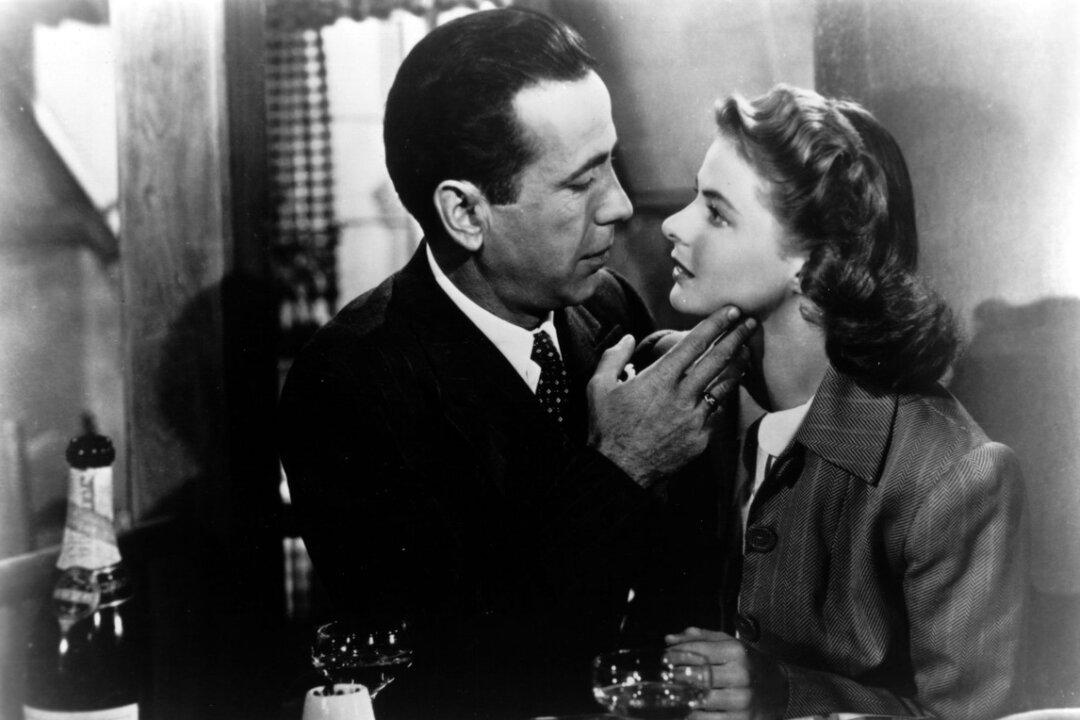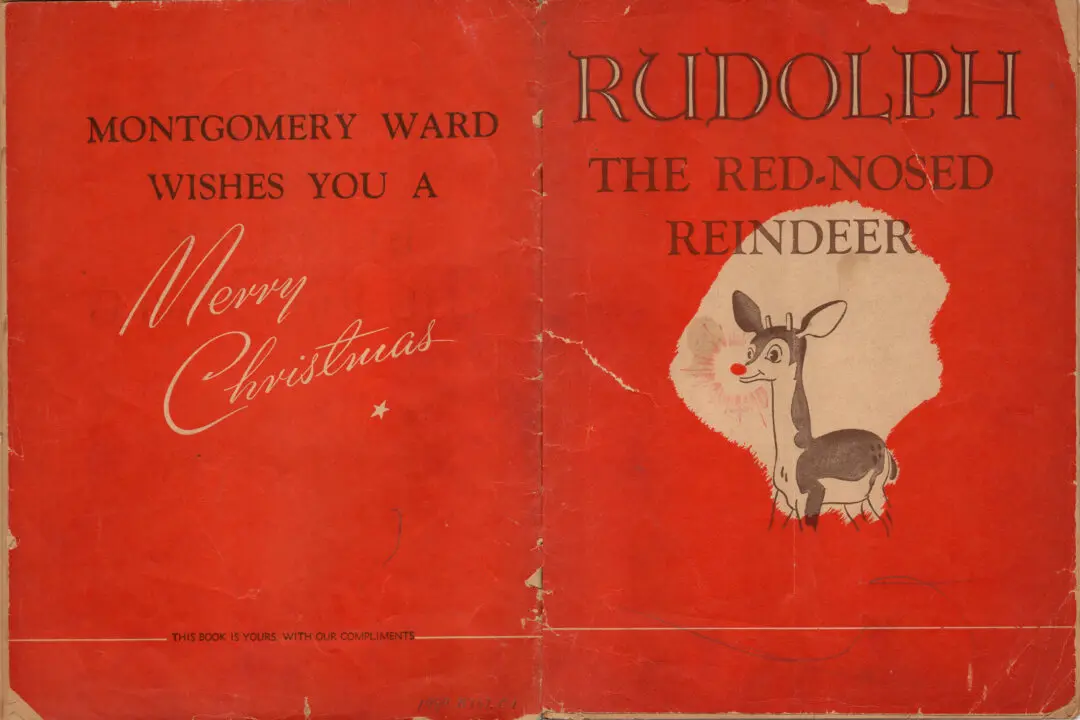“I believe that God made us story-telling creatures,” says Onalee McGraw, a passionate fan of Hollywood’s Golden Age and co-founder of a classic film studies program called the Educational Guidance Institute (EGI).
McGraw’s remark seems beyond dispute. Our distant ancestors gathered around fires at night and in the throne rooms of kings to tell of their exploits in hunting and war. Centuries later, troubadours sang of legendary nobles and warriors such as El Cid and King Arthur to enrapt audiences. More time passed, and in the parlors of New England, the family gathered for read-alouds from such literature as the Bible, poetry, and the novels of Charles Dickens. Down South, their counterparts circled up their chairs and rockers on the porch, where Grandpa would entertain young and old with family lore.






